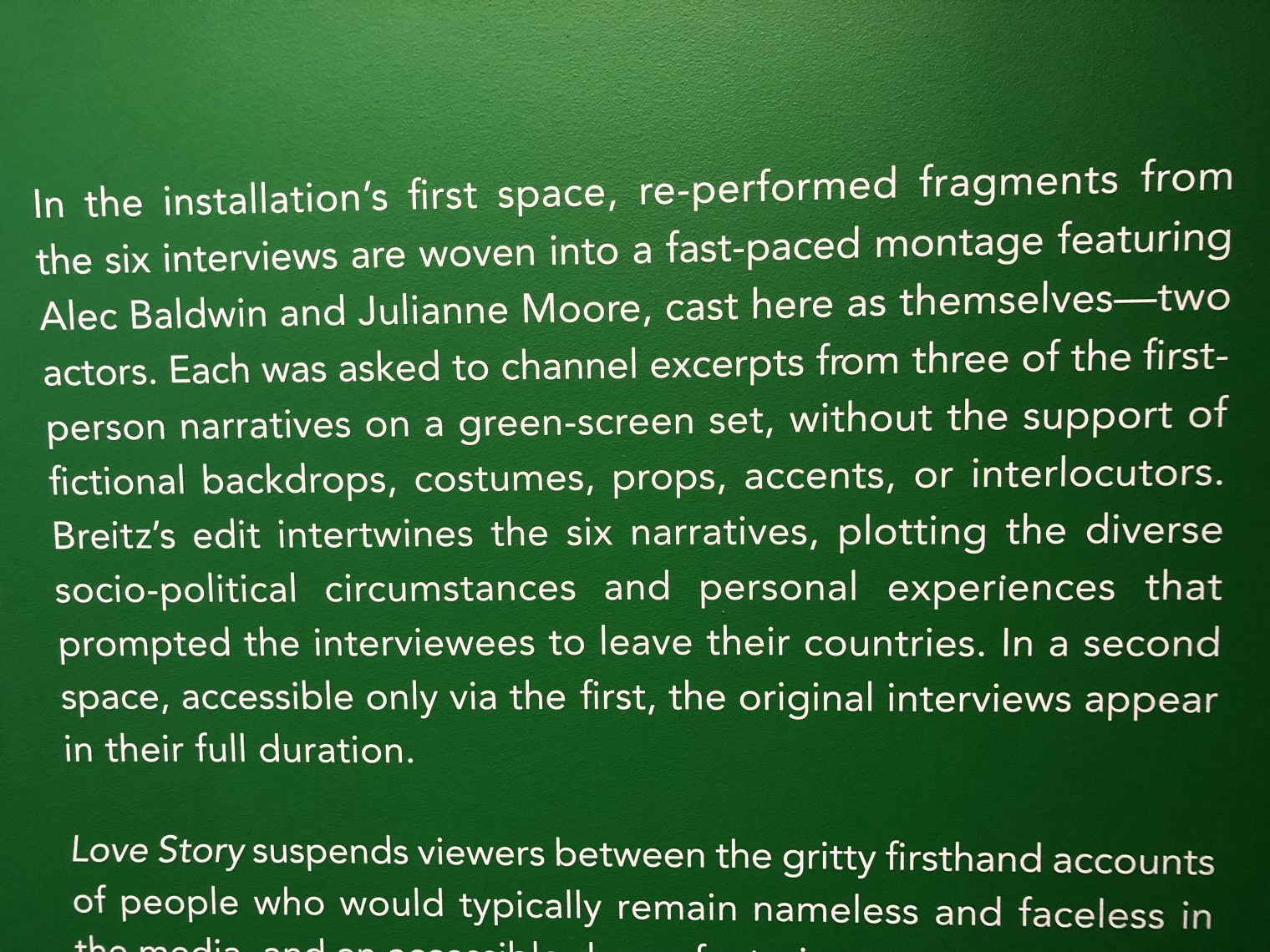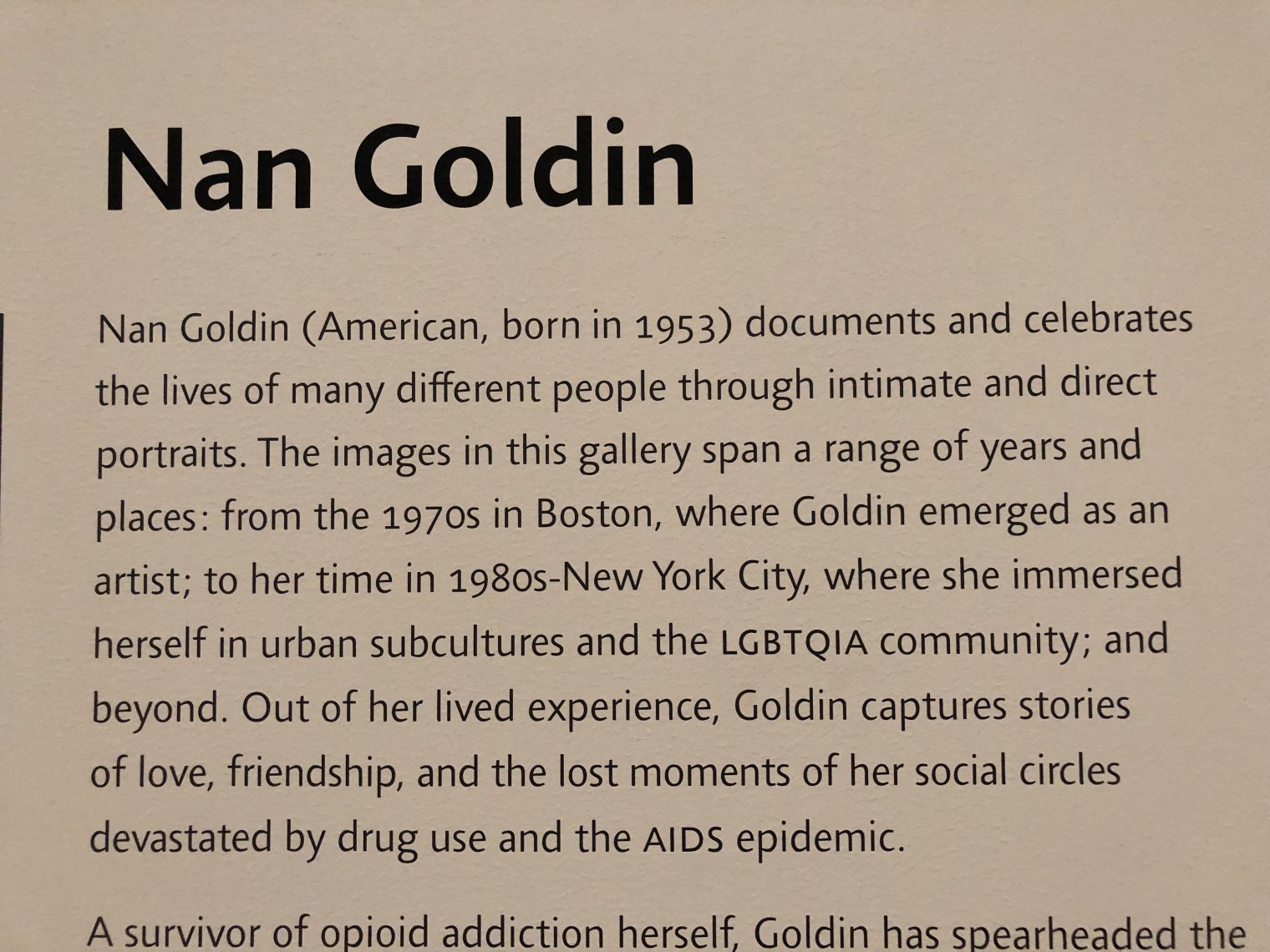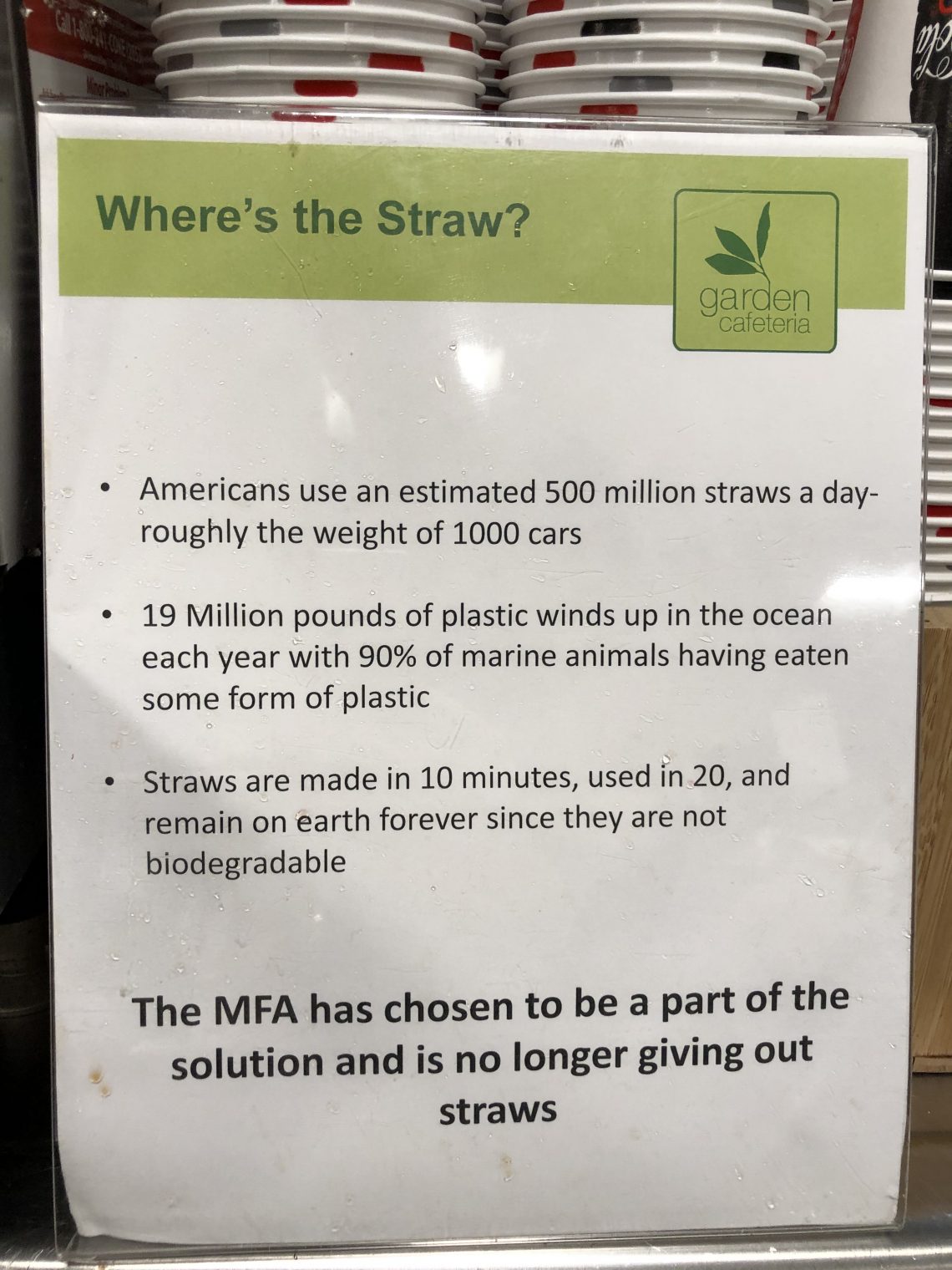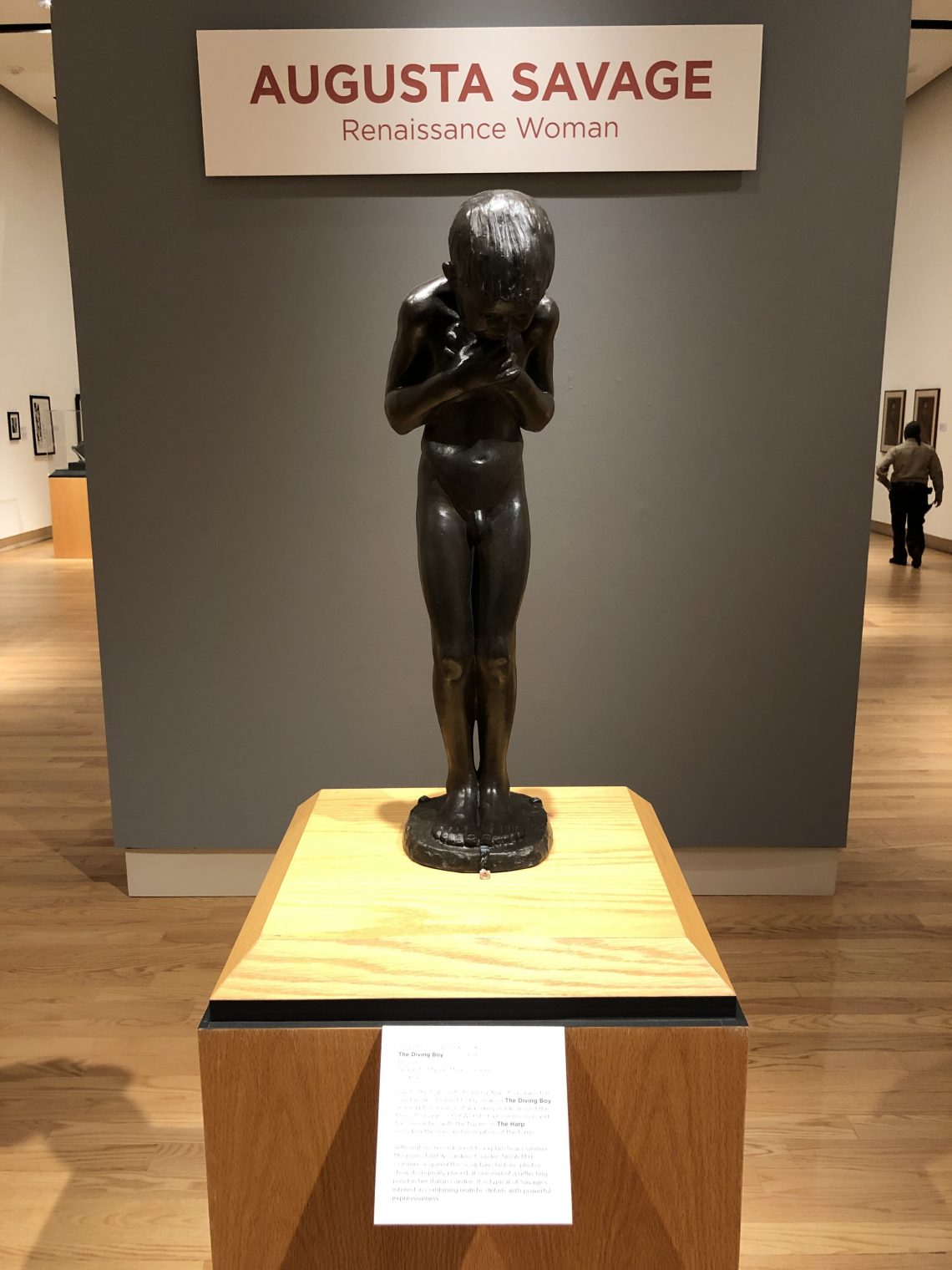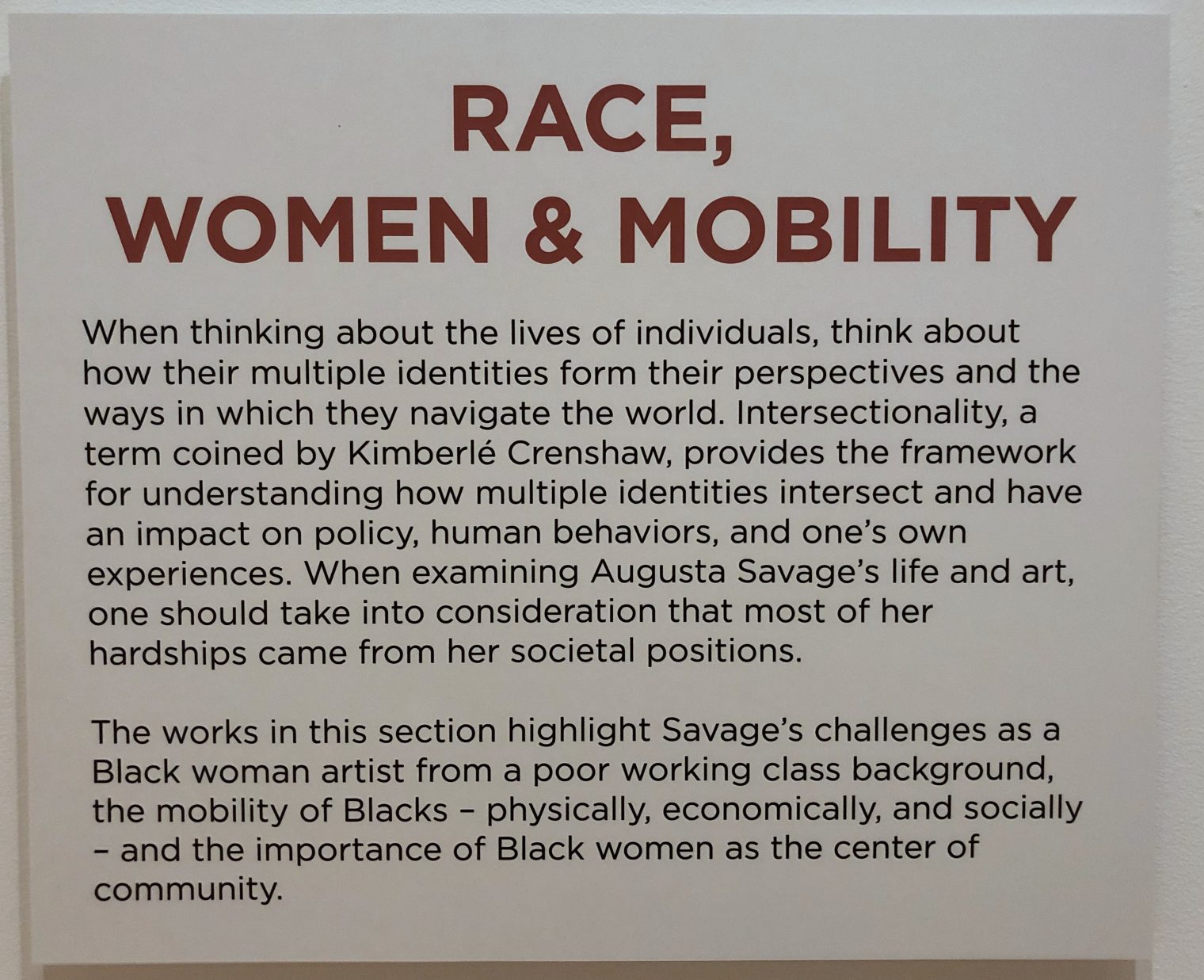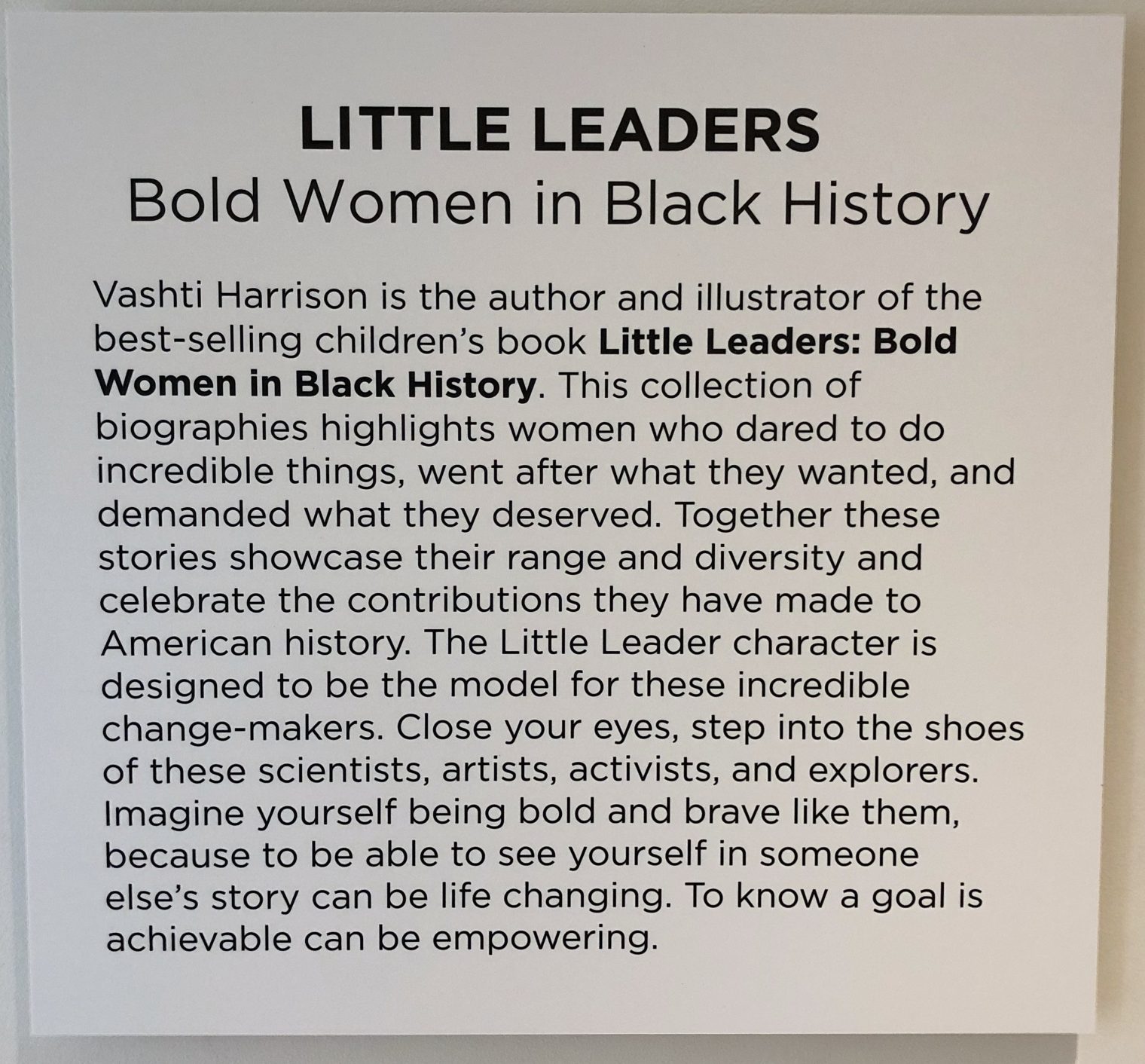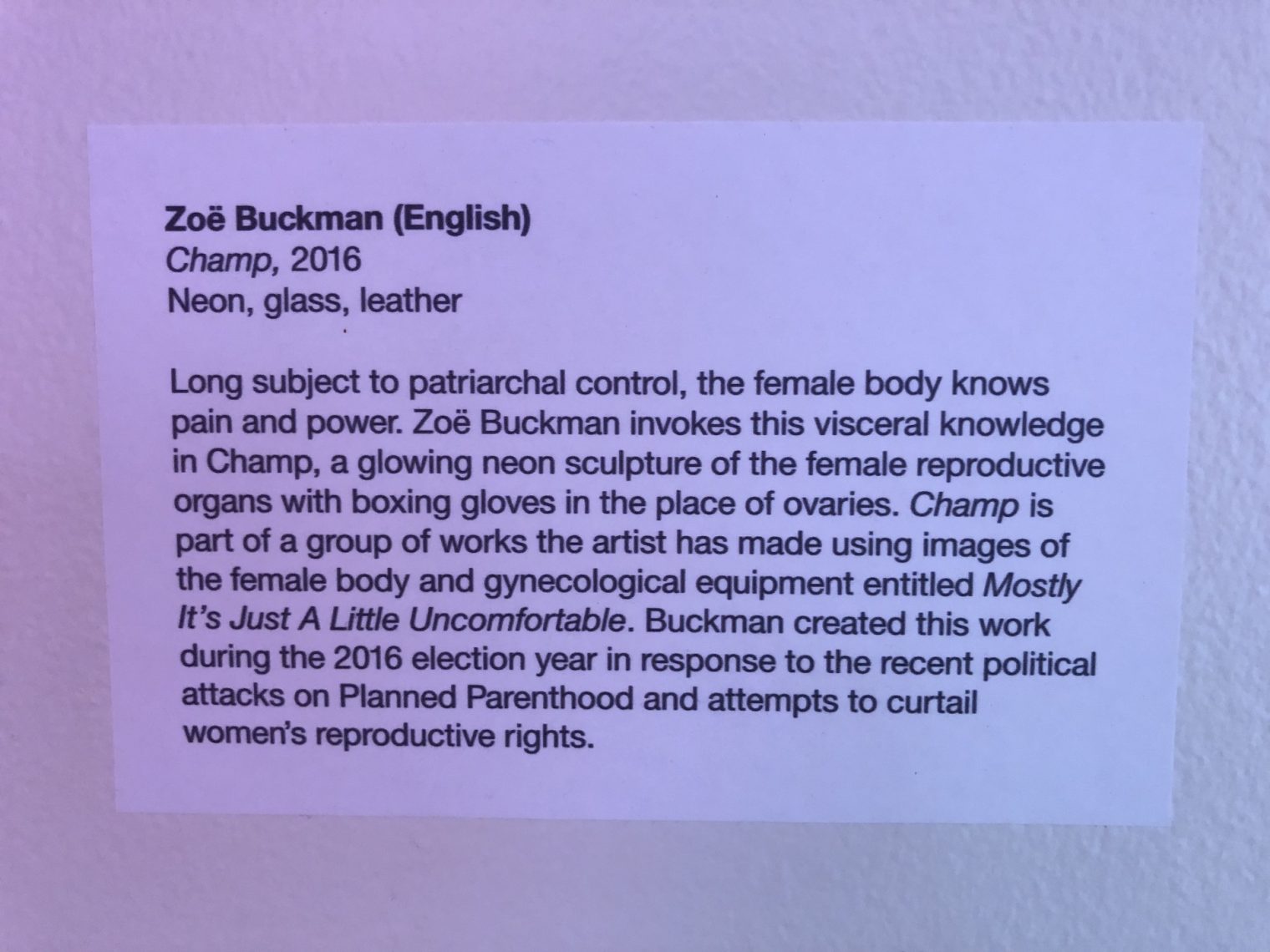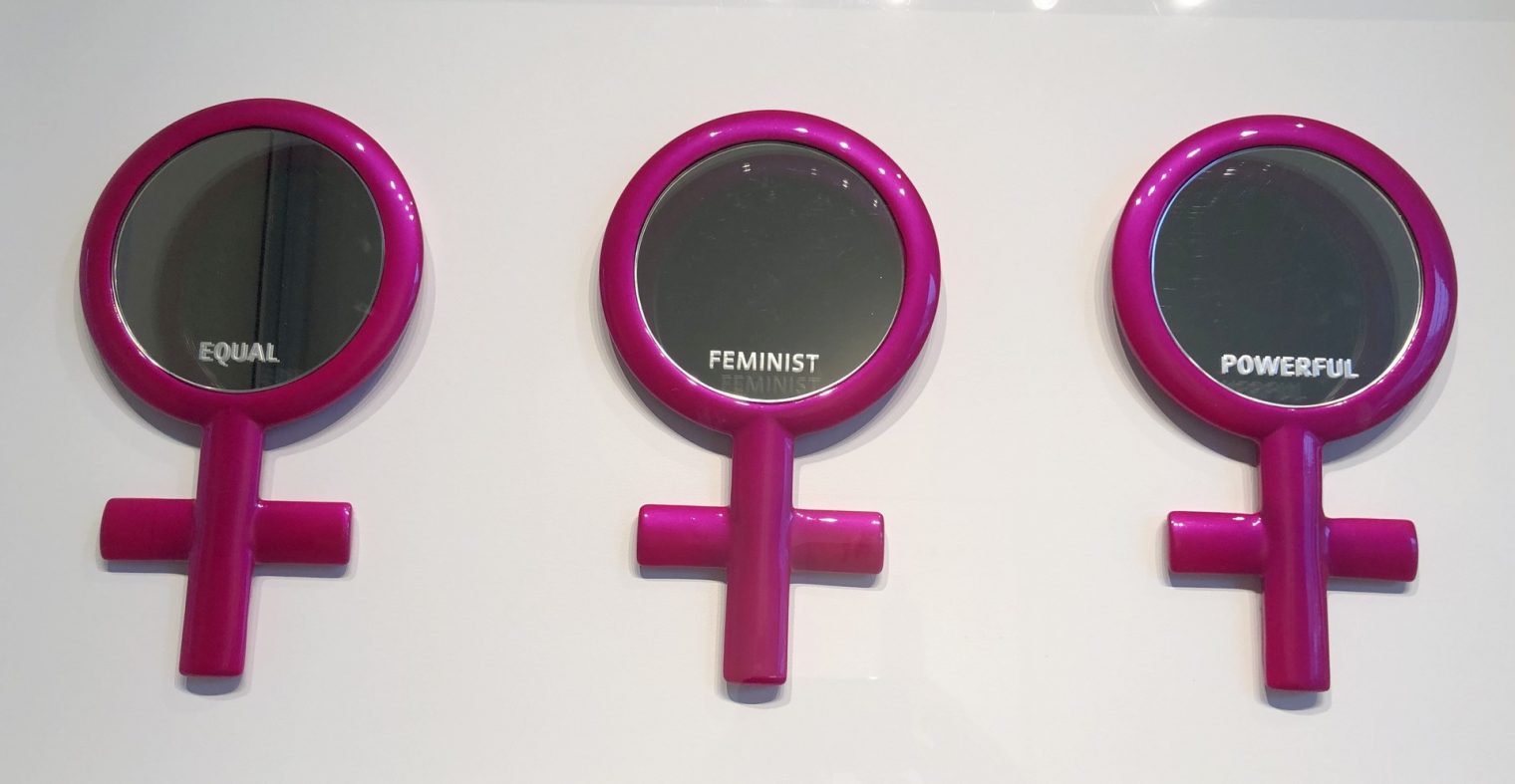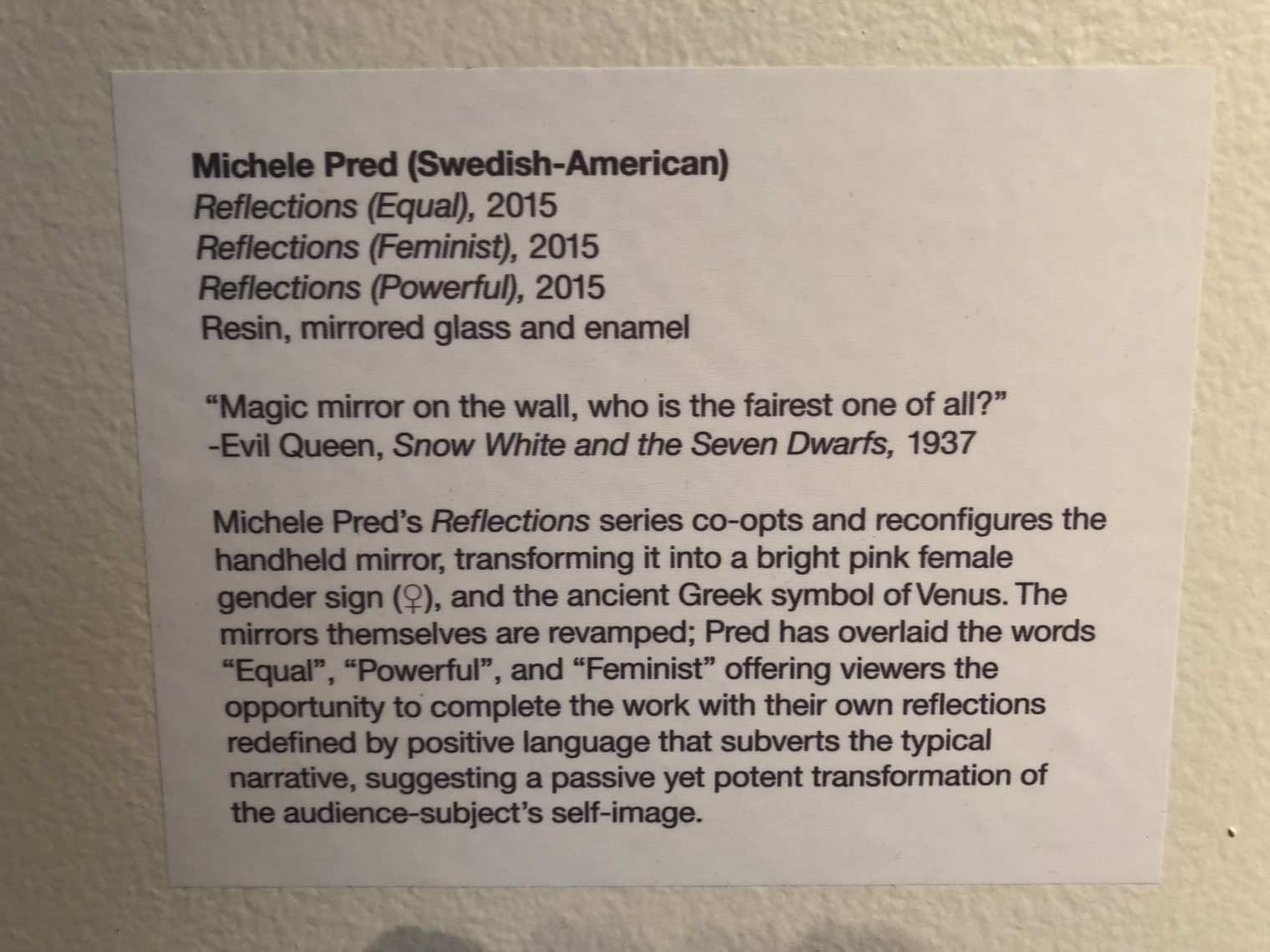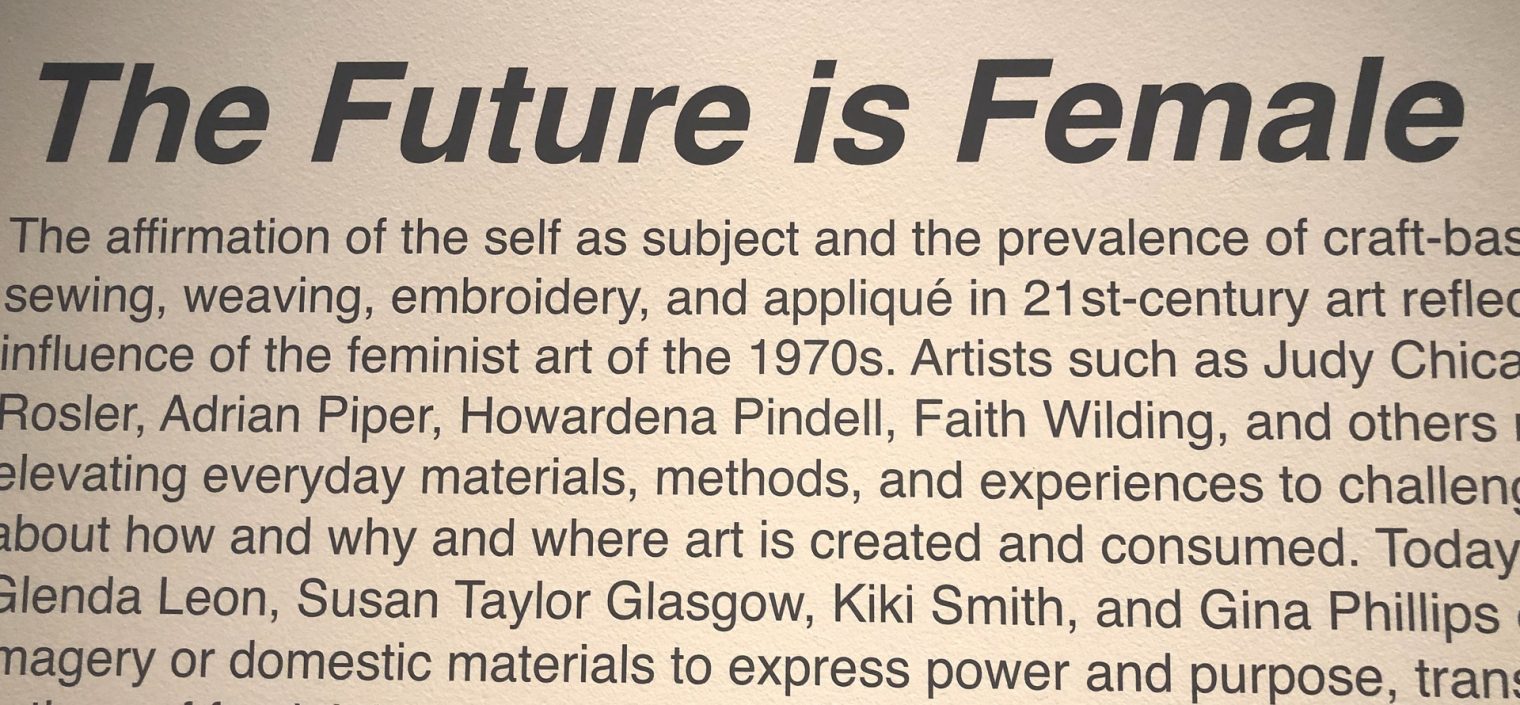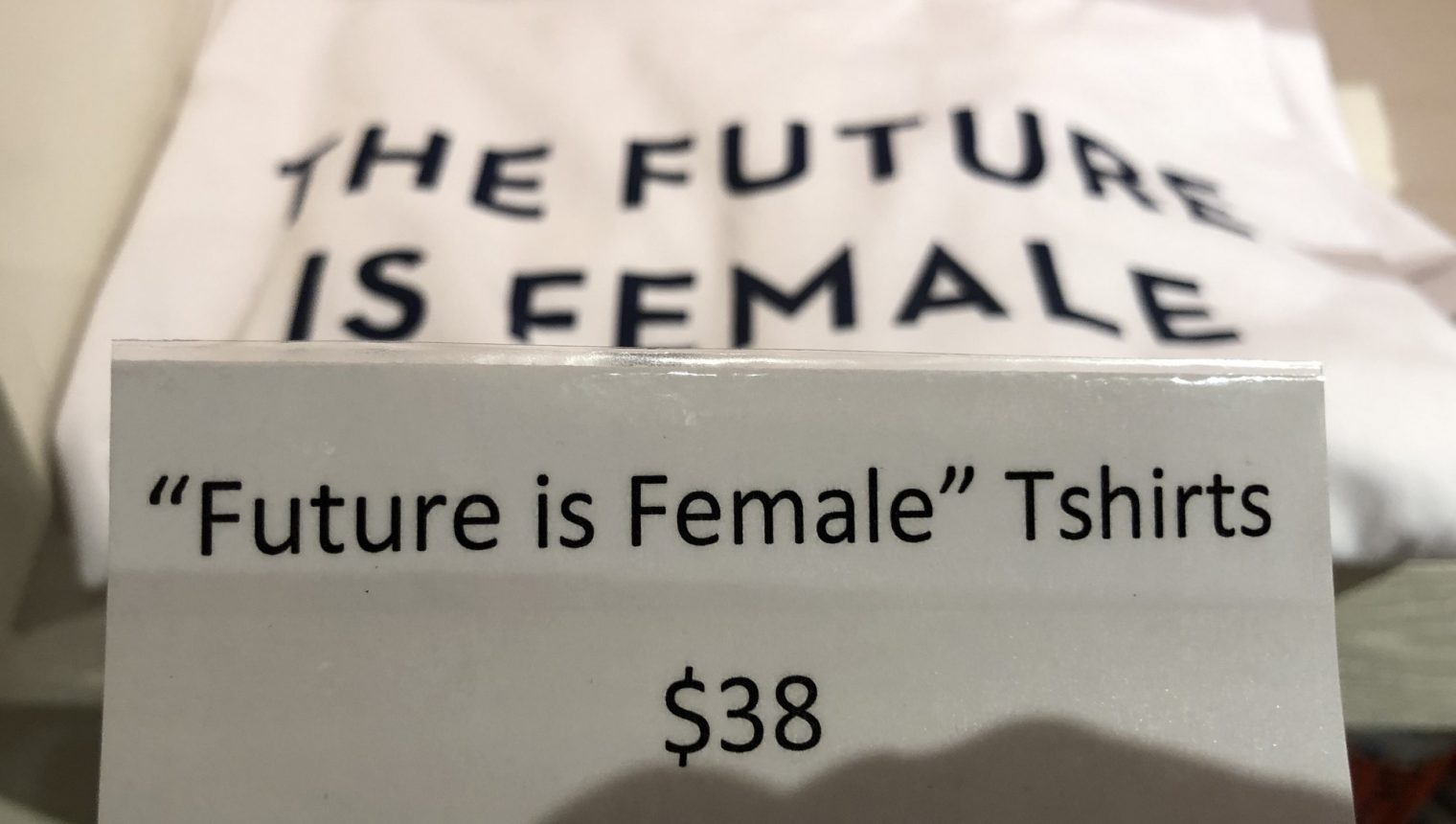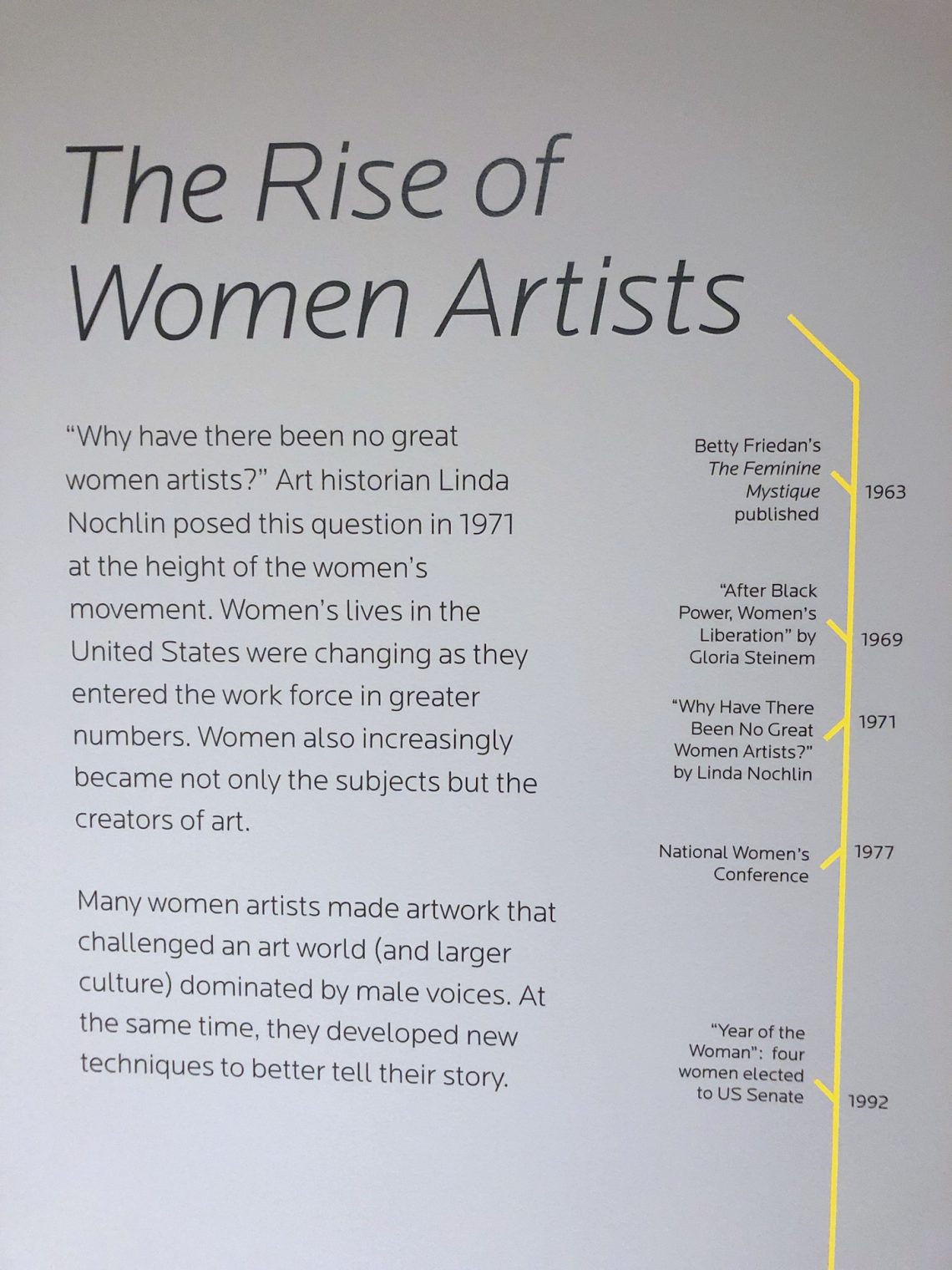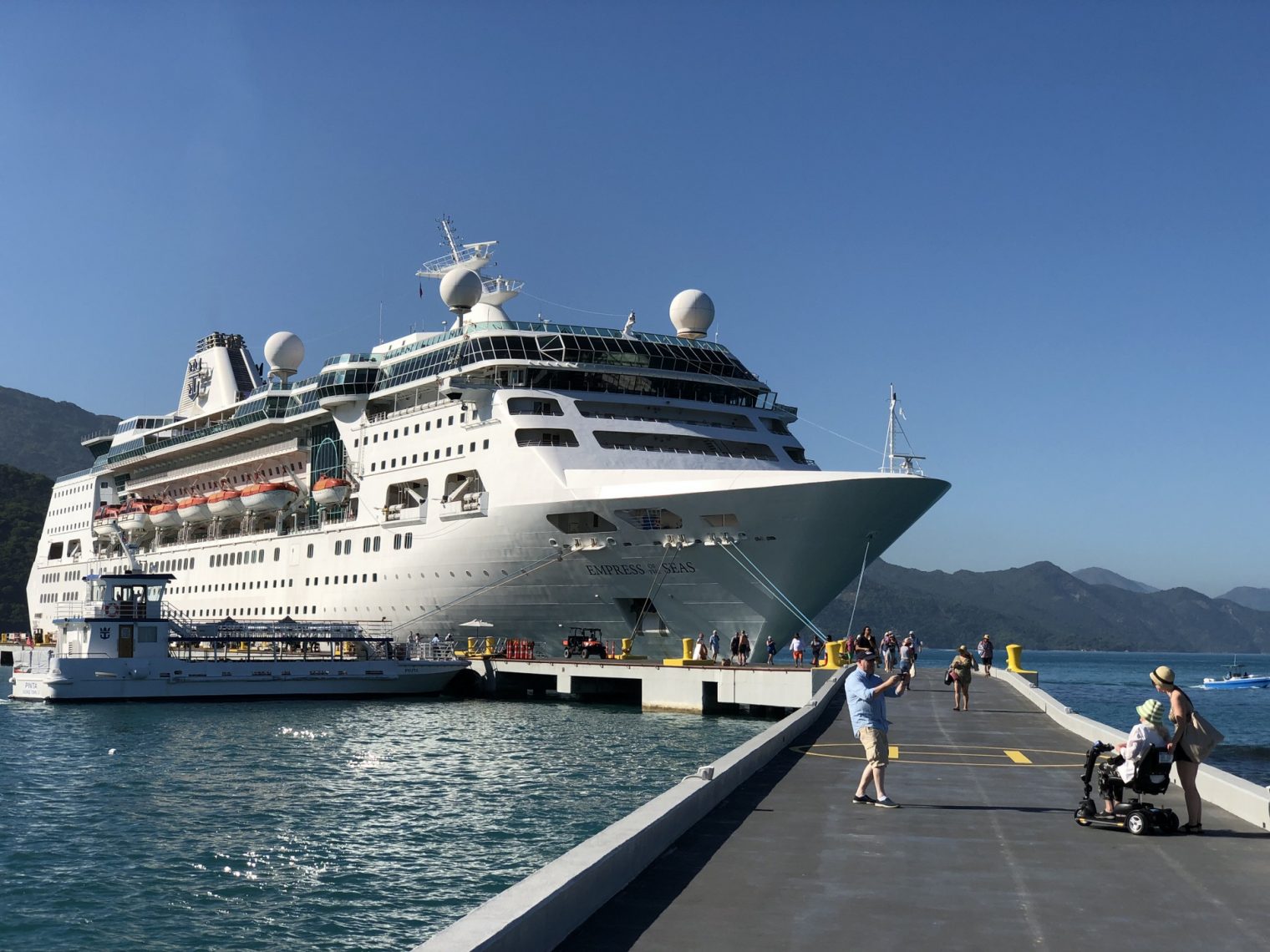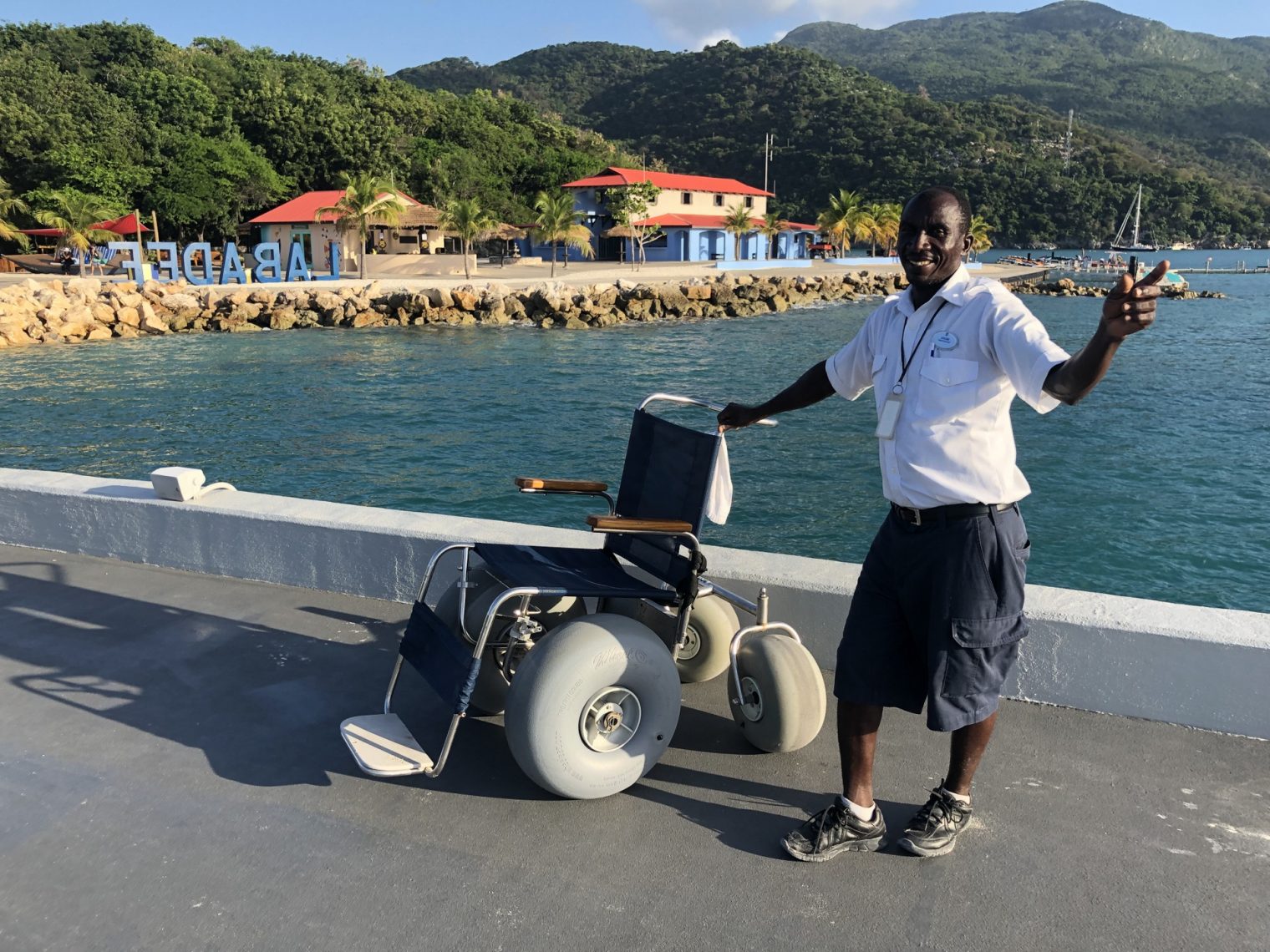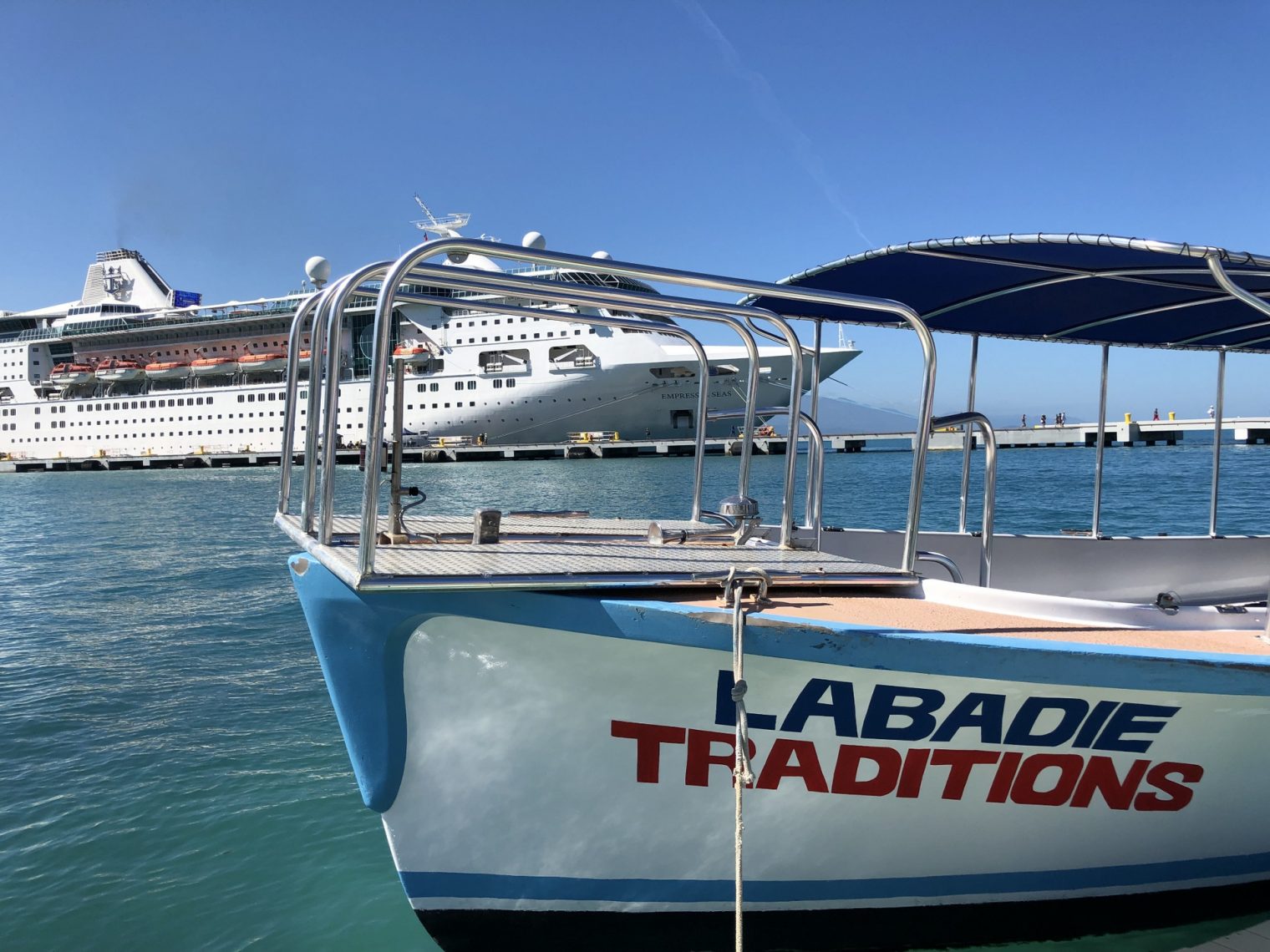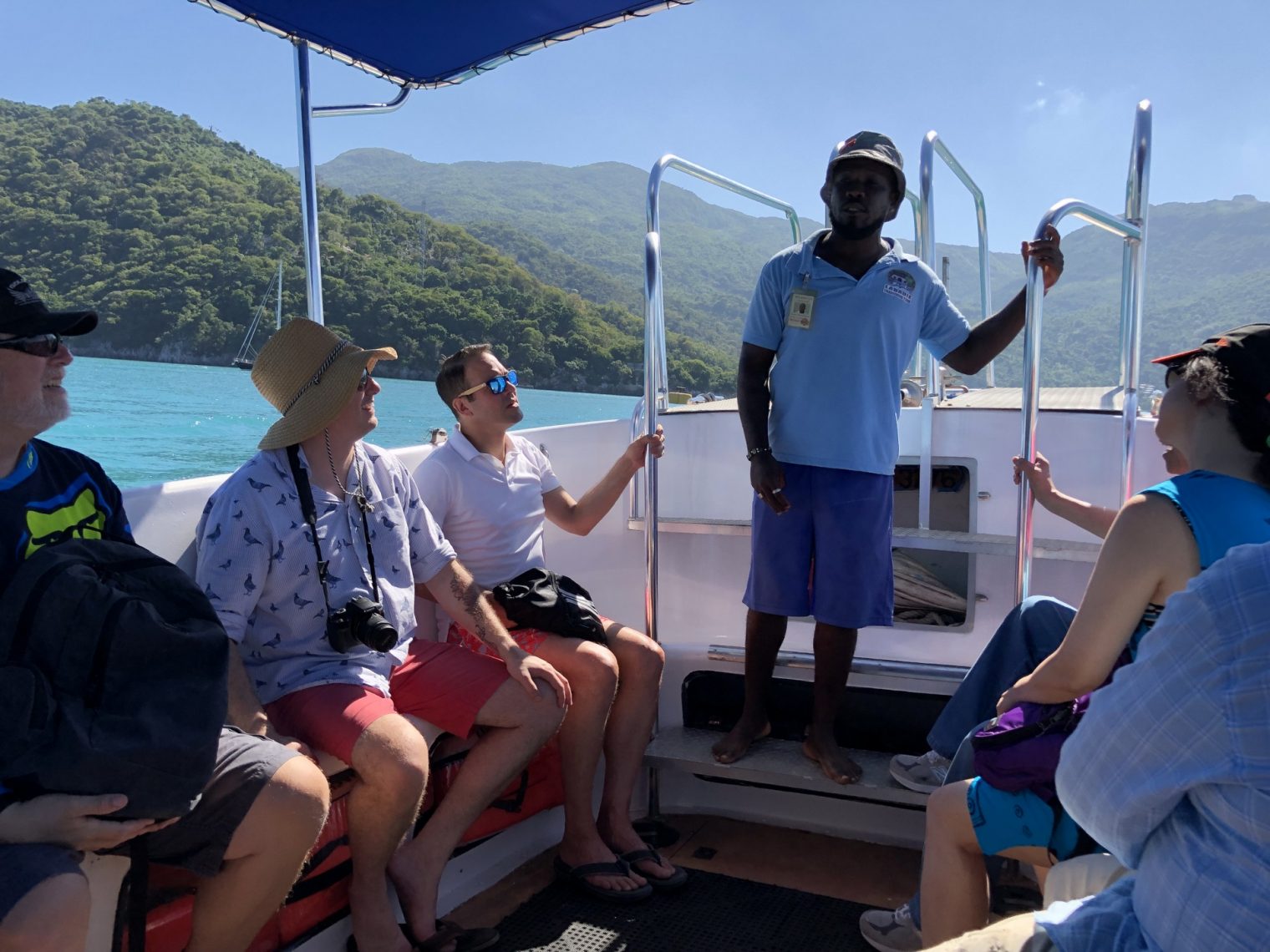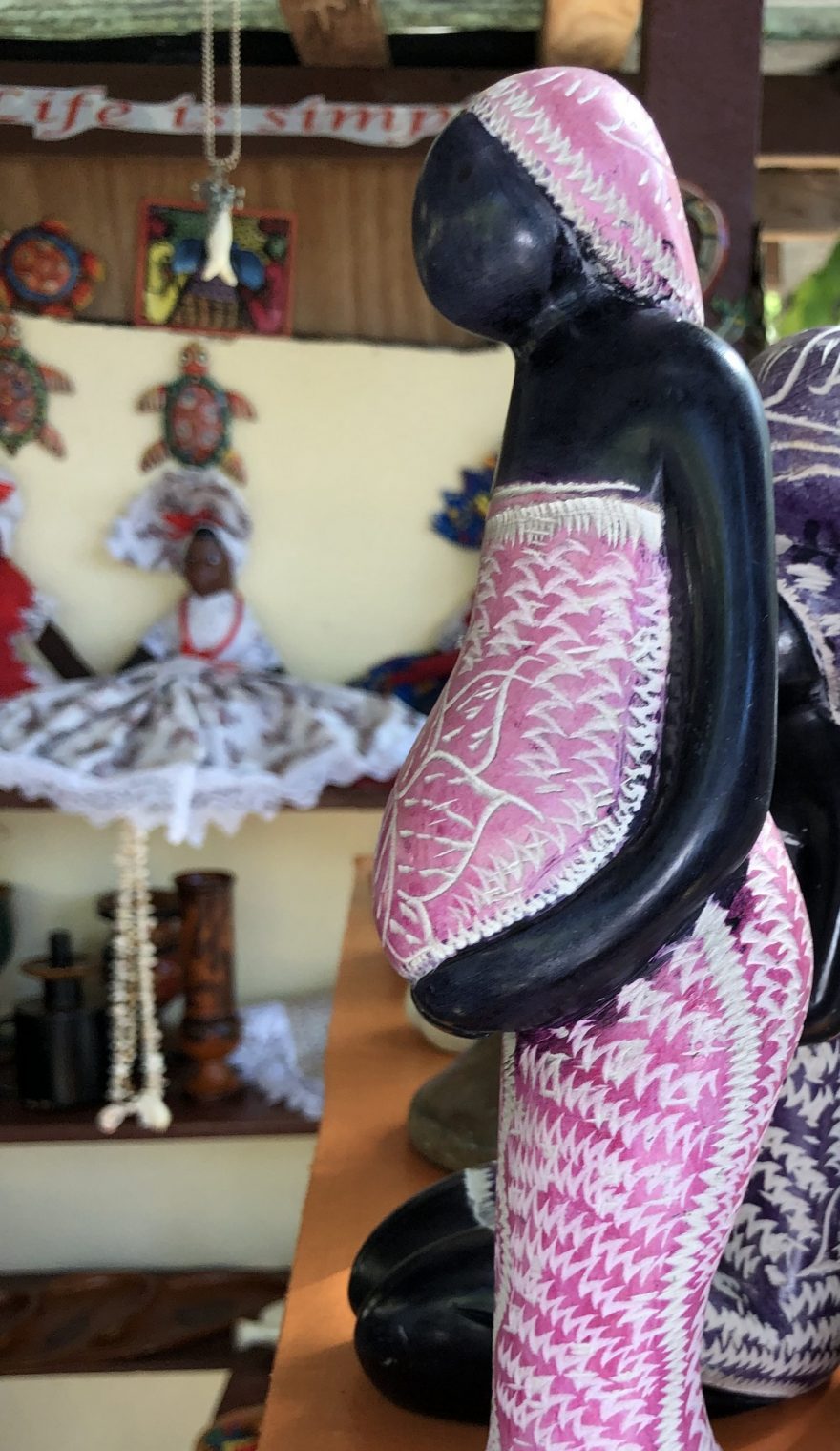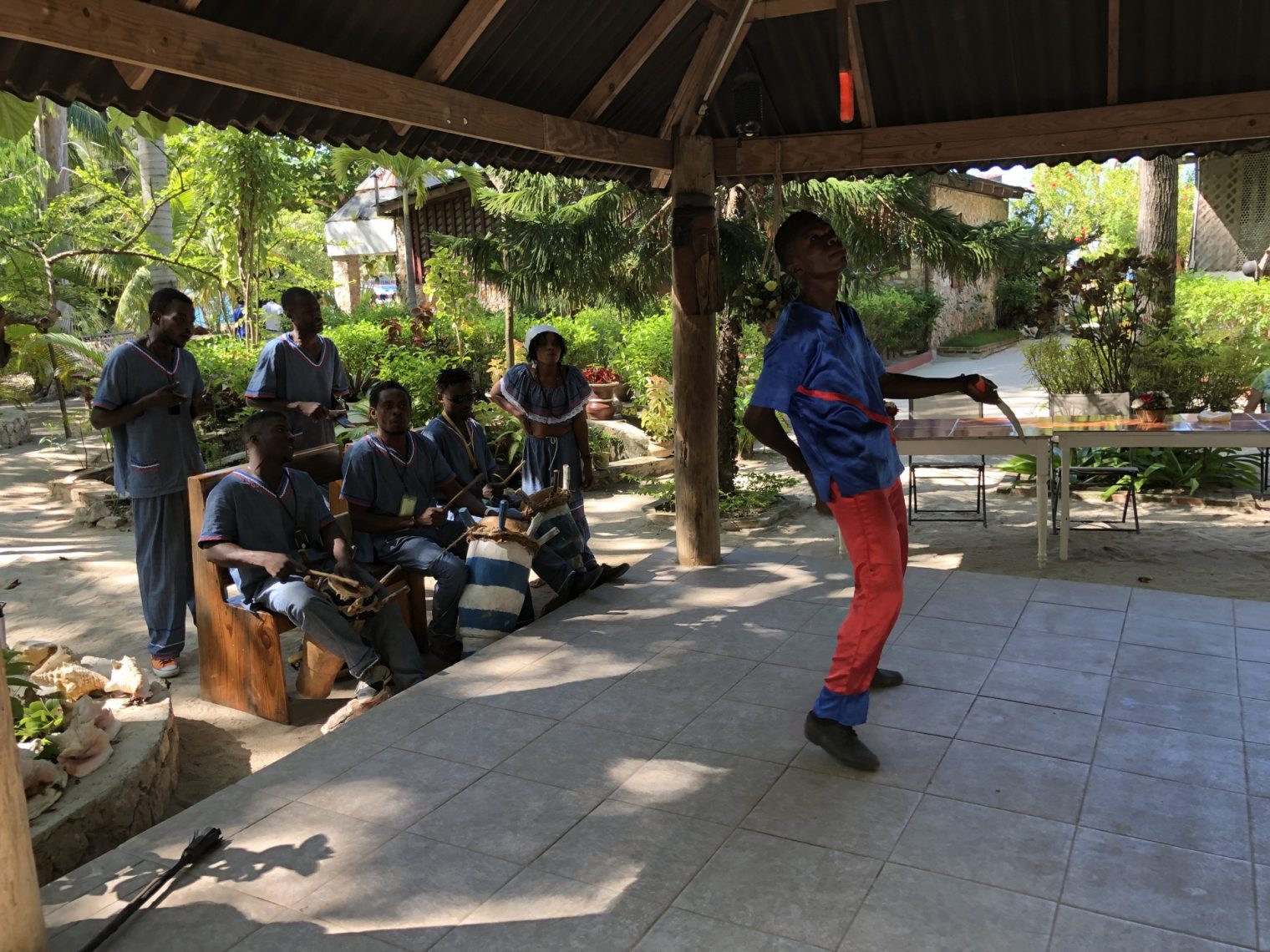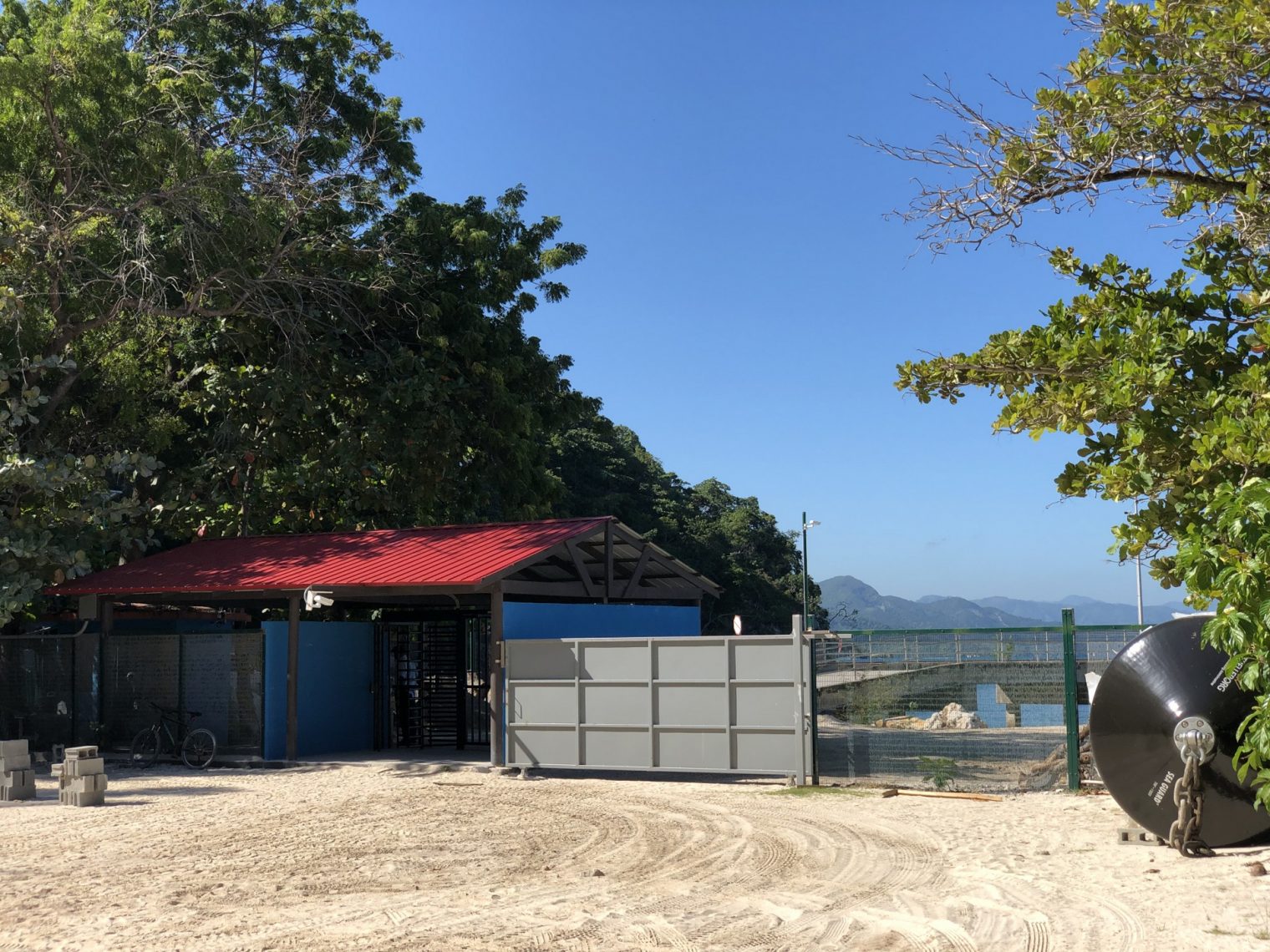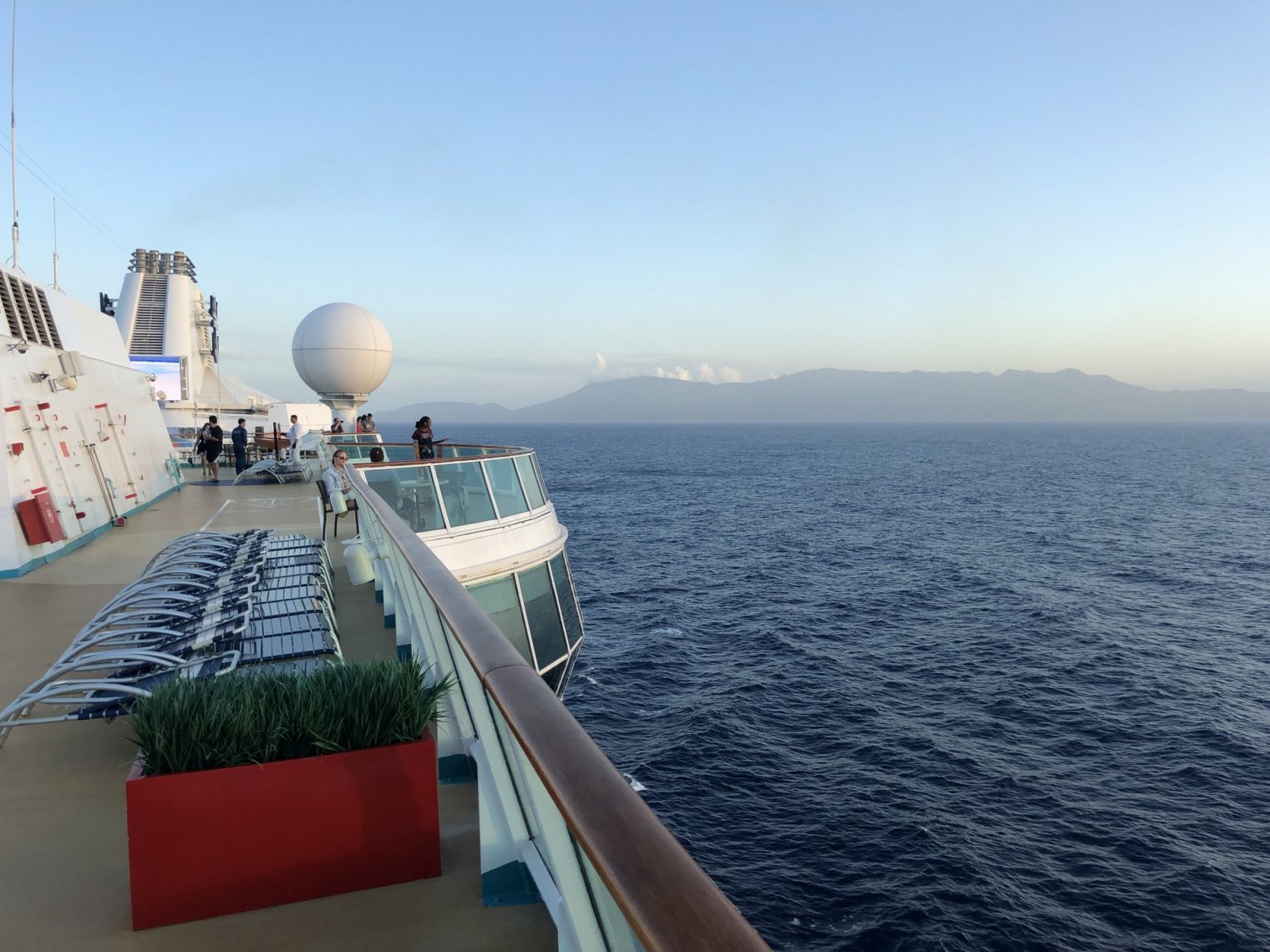New York Times on the financial hardship of NASA employees
This is kind of interesting from a newspaper that prides itself on in-depth reporting… An article on furloughed NASA employees asserts without evidence that they could be making 2-3X more money in a private sector job:
No matter how vital high-skilled federal workers are to the functioning of government, there are usually companies willing to offer them much higher salaries — double or even triple in some cases — on top of the free lunches and stock options.
Are they doing any consulting work during their furlough? If they are valuable to private companies as employees, at least some should be worth $300 or $500/hour to consult, no?
The workers at Glenn are mostly waiting, drawing down savings, wondering about the state of their untended lab work, reading about Chinese spacecraft landing on the moon and pondering the appeal of the public good when a good chunk of the public seems to have little use for it.
They’re “mostly waiting” instead of doing consulting work for these private employers who are desperate for their services?
Yet more stranger (as we liked to say back in junior high): Drawing down savings.
A quick Google search reveals that NASA employees are eligible to borrow money at 0% from their own NASA Federal Credit Union:
Our special Furlough Relief Loan will allow you to access up to $10,000 for up to a 60-month term – interest free and payment free for 60 days.* This offer will be available through February 15, 2019.**
So these folks are geniuses who could get paid $400,000/year simply by walking into the HR department of a private employer, but they aren’t smart enough to go to the credit union web site and click “apply now” for their 0% loan?
How did the reporter and editors miss this? Neither the word “credit” nor “loan” appears in the article so they don’t address the question of how people who are able to borrow at 0% and whose entire annual salary is guaranteed to be paid (albeit with a delay for at least two paychecks) are being forced to deplete savings.
The unedited Web seems to be a lot more authoritative that the Paper of Record. Consider this 2014 exchange on bogleheads.org, “Any aerospace engineers? Pros v. cons of working for NASA v. private sector”:
This isn’t a NASA specific issue, but almost all federal employees are on the GS pay scale. That caps their pay at level IV of the executive schedule, which is now $164,200. … Most NASA employees are in the business of contract management. The real engineering gets outsourced to contractors. If he wants to do research and development, he should go work for a contractor. If he wants to become an expert in federal acquisition regulations, he should go work at NASA.
From a financial perspective, he will probably never make up the lost 4 years or so of income if he gets a PhD.
I worked at NASA for a while… NASA contains a huge amount of unmotivated government employees. They’re so expensive that they have to contract all the work out. Even then money is so badly mismanaged that there is no incentive to deliver a project on time. If you’re nearing retirement, it’s a great place to be as it’s virtually impossible to get fired. They’re just shift you from job to job.
I talked with a SpaceX recruiter. Was going to be a significant pay cut, and the recruiter kept mentioning long (70+) hour weeks. For the high cost of living area, it didn’t make much sense. It was clear they were banking on the “sexy” factor of SpaceX to make up for the hours and low pay.
I worked at Goddard Spaceflight Center… And while the raw salary was meaningfully lower than what the contractors were making at comparable position levels, the overall benefits package was WAAAAAAY better — much, much more paid time off, much better healthcare, and significantly better retirement benefits.
A message from the bogleheads exchange that STEM boosters probably won’t be sharing:
Full post, including commentsI have worked for a large aerospace company (think Boeing, Lockheed, Northrop) and currently work for a tier 1 aerospace supplier. All big companies are the same, with tons of bureaucracy, politics, mediocre raises, lots of old timers that are dead wood, etc, etc. Hopefully he is passionate about it because he probably will be living a normal middle class life and will make starting 75K/yr – 150K/yr (after 15-20+ years experience) throughout his career.


